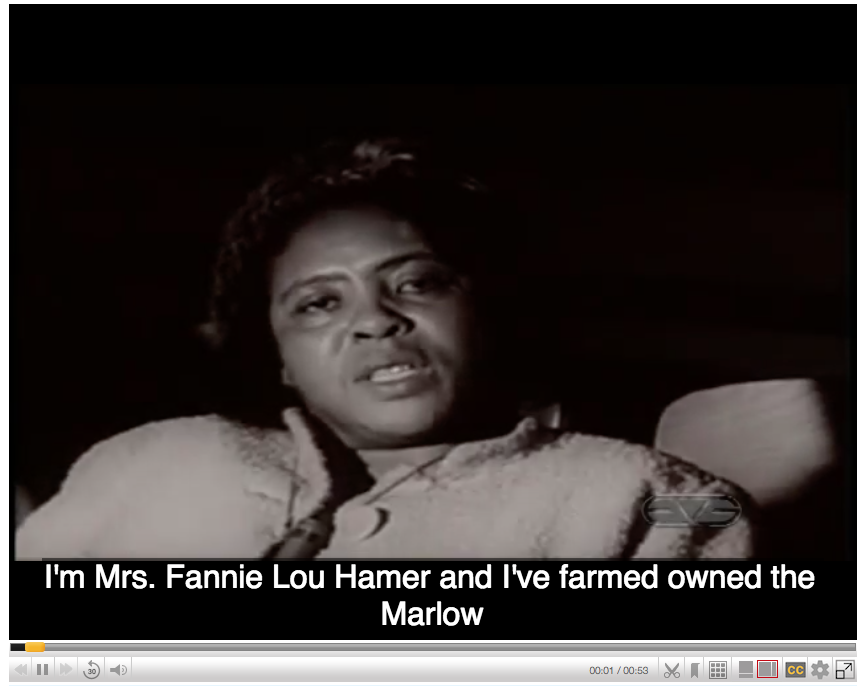Document 16L: Mary B. Talbert, “Women and Colored Women,” The Crisis (August 1915): 184.
It should not be necessary to struggle forever against popular prejudice, and with us as colored women; this struggle becomes two-fold, first, because we are women and second because we are colored women. Although some resistance is experienced in portions of our country against the ballot for women, because colored women will be included, I firmly believe that enlightened men are now numerous enough everywhere to encourage this just privilege of the ballot for women, ignoring prejudice of all kinds.
The great desire of our nation to produce the most perfect form of government shows incontestable proofs of advance. Advanced methods in prison reforms are shown by our own state Commissioner, Miss Katherine B. Davis. Advanced methods in school reforms are shown by Mrs. Ella Flagg Young, Superintendent of Education of Chicago. Advanced methods in the treatment of childhood and adolescence, are shown by the bureau of child welfare under Mrs. Julia C. Lathrop. Each of these women have been most kindly toward the colored women. In our own race advanced methods of industrial training are shown by Miss Nannie H. Burroughs, Mrs. Charlotte Hawkins Brown, and Mrs. Mary McLeod Bethune, and numbers of other colored women in various lines have blazed the path of reform.
By her peculiar position the colored woman has gained clear powers of observation and judgment — exactly the sort of powers which are today peculiarly necessary to the building of an ideal country.
Source retrieved from: Women and social movements in the United States 1600 – 2000

